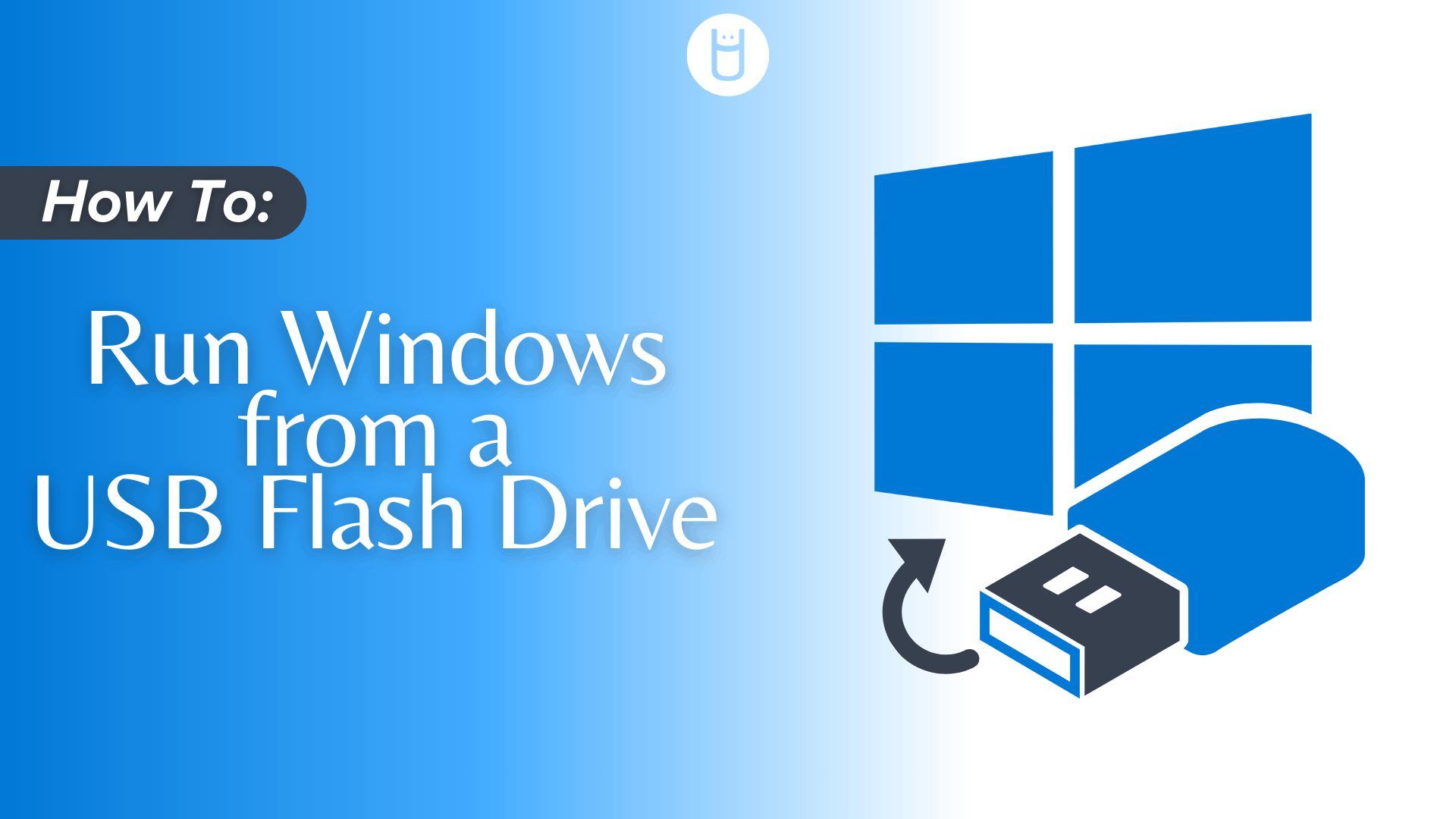
How to Run Windows 10 or 11 from a USB Drive
Learn how to run Windows 10 or 11 directly from a USB drive for enhanced flexibility and portability. To start, obtain a USB flash drive (preferably 32GB), a valid Windows license, and a third-party Windows USB utility like WinToUSB, Rufus, or Ventoy. Follow this simple step-by-step guide: download the Windows ISO file, create a bootable USB drive using your chosen utility, and launch Windows from the flash drive by accessing the boot menu during restart. Despite slightly slower performance compared to an internal drive, this approach offers convenient on-the-go access to a more updated Windows experience, making it perfect for older systems or portable setups.
In the fast-paced world of technology, staying up-to-date with the latest operating systems can be crucial. If you find yourself stuck with an older version of Windows on your PC, there's a solution that allows you to experience the perks of Windows 10 or 11 without a full system upgrade. You can run these modern Windows versions directly from a USB drive, providing flexibility and portability to your computing experience.
Why Run Windows from a USB Drive?
Are you wondering why you should consider running Windows from a USB drive? The answer lies in the ability to bring a more updated and responsive operating system to your PC without the need for a complete overhaul. Whether you're dealing with an older machine or simply want the convenience of a portable Windows setup, this method offers a viable solution.
Getting Started: What You Need
Firstly, to begin, you'll need a few essentials:
1. USB Flash Drive: Ensure it has a minimum of 16GB of free space, though opting for 32GB is preferable.
2. Windows License: You'll need a valid license to activate Windows 10 or 11 on the drive (and in general). This could be a purchased license or one associated with your digital ID.
3. Windows USB Utility: Since Microsoft no longer supports Windows to Go, turn to third-party utilities like WinToUSB, Rufus, or Ventoy. These tools will help you create a bootable drive with your chosen Windows version.
Always make sure to purchase your USB flash drives from a trusted source, as they can contain malware.

Step-by-Step Guide:
1. Download Windows ISO File
- For Windows 10: Visit the official Download Windows 10 website. Follow the instructions to create installation media and save the ISO file.
- For Windows 11: Head to the Download Windows 11 website. Choose the appropriate options and download the ISO file.
2. Create a Bootable USB Drive
Using WinToUSB:
- Download and install WinToUSB.
- Launch the program, select "Windows to Go USB", and browse to the ISO file.
- Choose the Windows version and your USB drive.
- Follow the prompts to complete the process.
Using Rufus:
- Download and launch Rufus.
- Select your USB drive, choose the Windows ISO file, and set the options for Windows to Go.
- Click start and let Rufus copy the necessary files to your drive.
Using Ventoy:
- Download Ventoy and install it directly onto the USB drive.
- Copy the Windows 10 or 11 ISO file to the USB drive.
- Your drive is now bootable and contains the necessary Windows files.

3. Launch Windows From a Flash Drive
- Insert the USB drive into your computer.
- Restart the machine and access the Boot menu during the boot process (This command will be different from machine to machine, either search the boot command for your model beforehand or look for it displayed on your screen)
- Choose the USB drive to start Windows.
Possible Drawbacks of These Methods
Running Windows from a USB drive can offer portability and flexibility, enabling the option to carry their operating system with you wherever you go. However, it's essential to be aware of potential downsides compared to a traditional installation on a computer's internal drive.
One notable drawback is reduced Windows performance, as USB drives typically have slower read and write speeds compared to internal storage. This can mean slower overall system responsiveness and longer loading times for applications. Additionally, running a Windows system from a USB drive may lead to increased wear and tear on the flash drive itself, potentially shortening its lifespan. Additionally, if your drive is not large enough, this storage limit may pose challenges for users with extensive data and software requirements. While using Windows from a USB drive can be a convenient solution in certain scenarios, it's crucial to weigh these cons against the pros to determine if it's the right method for your specific needs.
Enjoying Portable Windows
While it's true that running Windows from a USB drive might lead to slightly slower performance compared to an internal drive, it provides a convenient way to work with the OS and access essential applications when needed.
This method is particularly handy if you find yourself using a PC with an older operating system or if you require a portable Windows setup for on-the-go productivity. Now, you have the flexibility to run Windows 10 or 11 from a USB drive, and enjoy a more updated Windows experience wherever you take your USB drive.